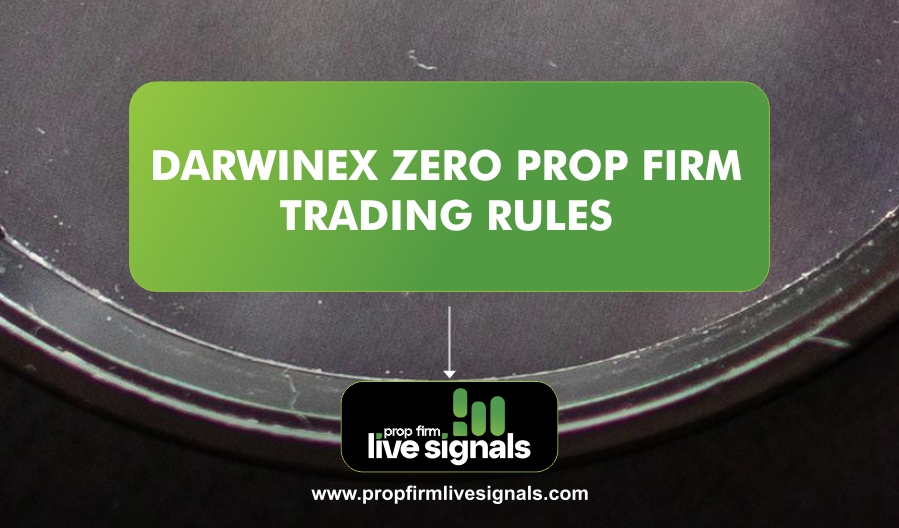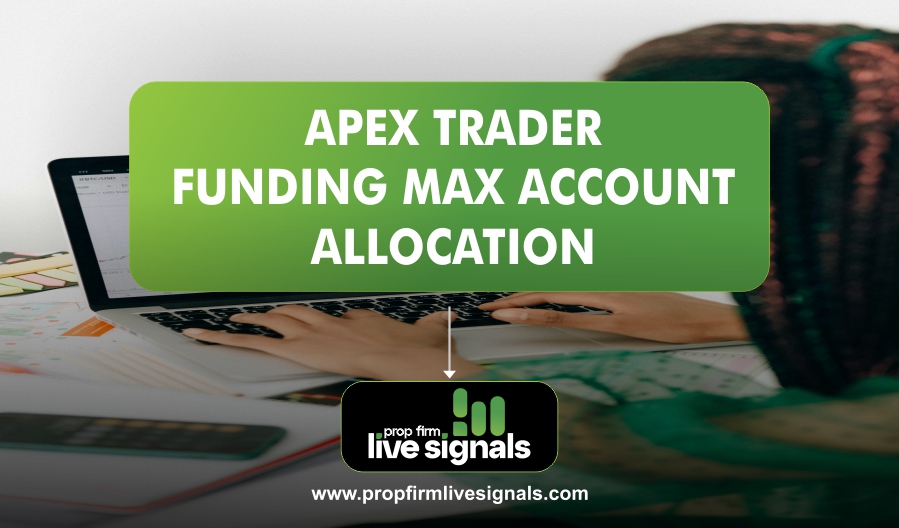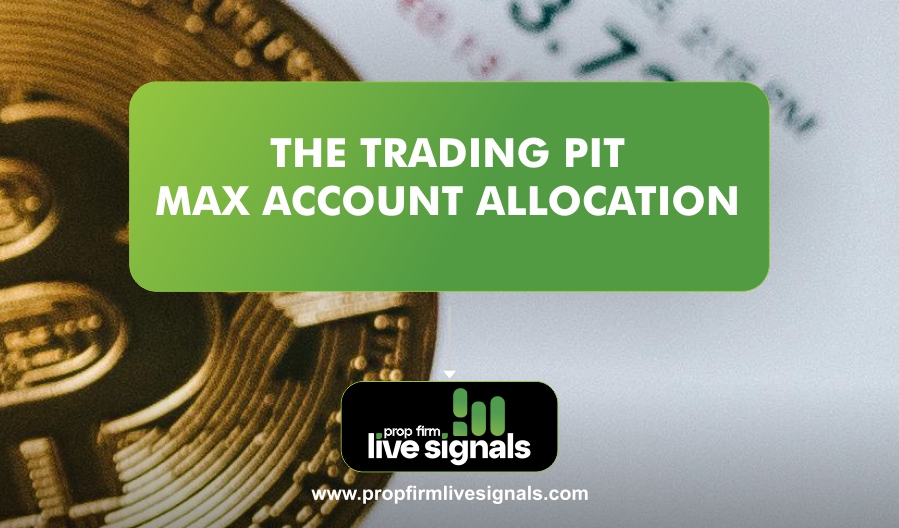It allows traders to simulate trades with past market conditions, enabling them to discern how their strategies would have performed and to fine tune these strategies before risking real capital.
This process helps not only in strategy validation but also in confidence building to execute trades in live markets.
Why Backtesting is Crucial for Forex Traders
In Forex trading, there are a number of strategies from simple ones involving moving averages to complex strategies that may involve algorithms.
It is virtually impossible without backtesting to say whether the strategy will be able to pull through the ever-changing market.
Backtesting delivers objectivity and might save traders from really costly mistakes. In addition, it gives an opportunity to spot weaknesses of the strategy and then improve it.
Besides, backtesting can provide the trader with valuable insight into how the market behaves, and enable them to make modifications to their trading strategy accordingly.
Selecting the Proper Forex Platform for Backtesting
Not all Forex platforms are created equally when it comes to backtesting. A platform must be chosen that will provide accurate historical data and powerful tools to backtest. Most of these platforms allow traders to test different strategies with varying degrees of sophistication. Some of the most common platforms for backtesting Forex strategies include:
1. MetaTrader 4 (MT4) and MetaTrader 5 (MT5)
These platforms are among the most widely used for backtesting due to their user-friendly interface and built-in strategy tester. MT4 is particularly popular among retail traders, while MT5 offers enhanced features, such as more timeframes and improved charting tools.
2. TradingView
Although well known for charting and doing technical analysis, backtesting is also possible with this tool using its scripting language called Pine Script. This platform is most suitable for traders who are relying on advanced charting and analysis.
3. NinjaTrader
Renowned for its rich functionality and a perfect match for active traders, NinjaTrader allows users to backtest strategies in an advanced environment. The tool also offers access to historical market data in several asset classes, including Forex.
4. cTrader
It is another well known trading platform. cTrader also has a powerful backtesting tool called cAlgo, enabling traders to test automated strategies. The platform offers fast execution speeds and a wide range of indicators for analysis.
When choosing a platform, ensure that it provides enough data, has an easy-to-use interface, and allows strategy testing on various time frames.
Setting Up for Backtesting on Forex Platforms
Once you have selected the correct platform, now is the time to set up your backtesting environment. Here is a step-by-step setup for performing backtests on various platforms.
1. Prepare Historical Data
The basis of any backtest is historical data. Without precise and complete data, your backtest results will also be unreliable. Most Forex platforms allow access to historical price data, but you will need to make sure that the data you use is good enough-quality and spans enough time to be meaningful.
MT4/MT5: By default, both these platforms come with some historical data; however, you can download more data from different online sources, if necessary. Make sure you use data that corresponds to the timeframes of your strategy.
TradingView: TradingView has a huge repository of historical data available for backtesting, and its charts span a broad range of timeframes and instruments.
Ninjatrader and cTrader: Although these platforms do provide the facility of downloading historical data, it is available to a certain extent, and getting more granular or larger datasets might require subscriptions through third-party services.
2. Select Your Trading Strategy
Next, you have to choose or construct the strategy to be backtested. The trading strategies are generally categorized as manual and automated.
Manual Strategies: These are strategies based on the trader’s analysis, often using technical indicators such as moving averages, support and resistance levels, or Fibonacci retracements. For manual strategies, backtesting involves looking at past price action and seeing how the strategy would have performed based on specific entry and exit points.
Automated Strategies: Also called algorithmic trading, these strategies depend on predefined rules executed by a trading robot. They are programmed using coding languages or platform specific scripting tools, such as MQL4 or MQL5 of MetaTrader. Automated strategies can backtest much faster as the process is fully automated.
3. Define Your Backtest Parameters
To perform a backtest, you need to define several parameters so that the results reflect realistic trading conditions:
Time Period: Decide on the period you want to backtest. For example, one year of testing a strategy may be more useful than testing it on one month. Longer periods give a better picture about how the strategy handles various market conditions.
Timeframe: Choose the timeframes that align with your trading style. If you are a day trader, you may want to focus on 5-minute or hourly charts. If you are a swing trader, 4-hour or daily charts may be more appropriate.
Market Conditions: Ensure that the historical data spans both volatile and stable periods. This ensures your backtest will show how the strategy performs in various market conditions.
Position Size and Risk Management: Incorporate your risk management into the backtest. This will include stop loss, take profit, and position sizing. These greatly affect the profitability and risk of the strategy.
4. Perform the Backtest
In most platforms, if you have defined your strategy and parameters, you can run the backtest. Here is a simple skeleton for backtesting in popular platforms:
MetaTrader 4/5: Open the strategy tester in the platform, select the desired trading strategy or create one, choose the currency pair, time frame, and historical data, and then start the test. The platform will go through the historical data and simulate trades as per the rules of the strategy.
TradingView: You can create and test your own strategies with the Pine Script editor within the platform. After having written your script, you can apply it to a chart and backtest it within the interface of TradingView.
NinjaTrader: Similar to MT4, NinjaTrader has a strategy analyzer to which you input your strategy and parameters. You are able to run the test and examine the results using detailed performance statistics.
cTrader: The cAlgo platform allows you to code automated strategies and test them against historical data. After the test is completed, you can view detailed reports that break down trade outcomes, including win rate and drawdowns.
5. Analyze the Results
Once the backtest is complete, the next step is to analyze the results. Consider the following KPIs:
Profit Factor: This is the ratio of gross profit to gross loss. A profit factor greater than 1 means the strategy is profitable.
Win Rate: This is the percentage of profitable trades versus losing trades. A higher win rate generally indicates a better strategy, but this should be considered in conjunction with other metrics.
Max Drawdown: The biggest loss the strategy saw during the backtest. Although a lower drawdown is preferable, for a high-risk strategy, higher drawdowns could be tolerated.
Sharpe Ratio: This defines the risk-adjusted return. A higher Sharpe ratio means the strategy at this point in time is yielding good returns concerning the amount of risk taken.
Net Profit: The total profit or loss generated by the strategy. This figure gives you an overall idea of the strategy’s profitability over the test period.
6. Refine the Strategy
If the backtest results are not satisfactory, you can tweak the strategy to improve its performance. For instance, adjusting risk management rules, changing indicators, or modifying entry and exit points could help optimize the strategy. Once you make changes, run another backtest to check if the adjustments yield better results.
Testing Multiple Strategies Simultaneously
One of the strong points about backtesting is that a trader can test multiple strategies at once. In this way, traders will be able to see how different strategies perform in similar market conditions. It is very easy to do with MT5, NinjaTrader, and cTrader to backtest multiple strategies all at once and get some good ideas about which approach is the most profitable.
Common Pitfalls in Backtesting and How to Avoid Them
While backtesting is an excellent tool, there are common mistakes to avoid for the results to come out right:
1. Overfitting: When the strategy is too good for past data, its prospects for the future go down. The solution to this problem would be to backtest on an extended period and include a wide variety of market conditions.
2. Not Accounting for Slippage and Spread: Slippage and spreads are variables that will impact trading results in live trading. Make sure these are part of your backtesting parameters.
3. Insufficient Sample Size: Testing on too short a period or too few trades can lead to unreliable results. Always make sure your backtest is over a representative sample.
4. Not Testing Forward: After backtesting, the strategy should be forward tested on paper trading or a demo account to ensure that it works well in real-time.
Want to take your trading to the next level?
Take advantage of our LiveSignals, your go to resource for dependable, real-time trading signals, you can eliminate uncertainty from trading.
Propfirmlivesignals is the answer to your constant success in the markets!
You will always be on top of your game with expert analysis and real-time updates. Never let this chance slip away to supercharge your trading journey.
More Info Click here.
Frequently Asked Questions (FAQs)
What is backtesting in Forex trading?
- Backtesting in Forex trading involves the testing of a trading strategy using historical market data to determine the outcome of the strategy. In essence, it allows a trader to view how a strategy would have fared in past market conditions to gain insight into its potential success or weaknesses.
Why is backtesting important?
- Backtesting is important because it helps validate the efficiency of a trader’s strategy before using real money. It allows for spotting potential issues, improves risk management, and builds confidence in the strategy.
Can I backtest on any Forex platform?
- Not all platforms have the functionality for backtesting. Among popular platforms for backtesting are MT4, MT5, TradingView, NinjaTrader, and cTrader. A platform should be chosen according to its reliable historical data and powerful testing tool.
What kind of data is needed for backtesting?
- Accurate and comprehensive historical price data is required for backtesting, including currency pairs, timeframes, and periods that correspond to your strategy. Good quality data ensures reliable results.
What are the key steps in backtesting a Forex strategy?
The steps involved are as follows:
- Preparing historical data.
- Choosing or designing a trading strategy.
- Defining backtesting parameters, for example, time period, timeframe, and risk settings.
- Execute the backtest via your selected platform.
- Review the results to evaluate the performance.
- Refine the strategy based on insight received.
Can I backtest manual trading strategies?
- Yes, manual strategies can be backtested looking at historical price charts and manually simulating the trades based on the strategy’s rules. However, it can be very time consuming compared to testing automated strategies.
Is backtesting the same as forward testing?
- No, backtesting uses historic data to test strategies while forward testing involves testing strategies in real-time using a demo or live account. Both are important in ensuring a strategy is robust.
How long should I backtest a strategy?
- The duration depends on your trading style. For short-term strategies, a few months of backtest might be enough. For the long-term strategy, you should test over several years to ensure reliability across different market conditions.




